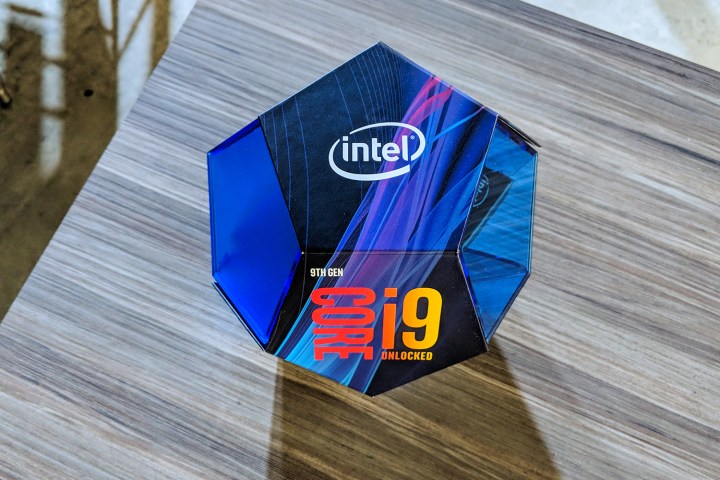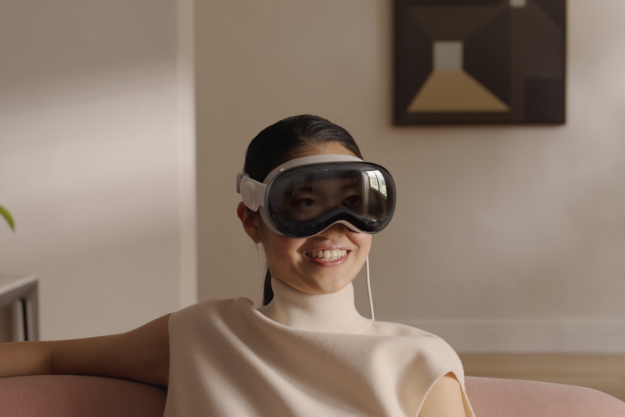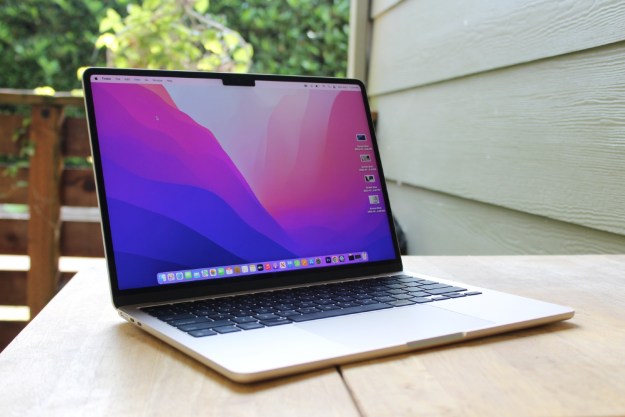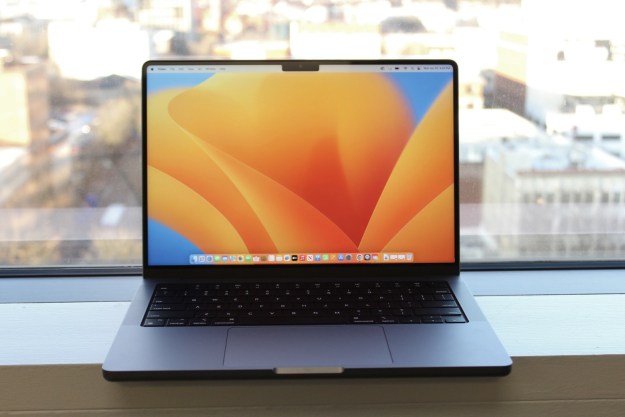
Apple recently refreshed its line of MacBook Pro laptops, and the company claims that the performance of its premium notebooks is now up to twice as fast as the models they replace. That boost in speeds is thanks to Intel’s ninth-generation Core processors, which brings up to eight cores of processing power on the larger 15-inch variant — an increase of two cores from last year’s upgraded Core i9 configuration — for the first time to Apple’s notebook lineup.
Given that the thermal issues that plagued the six-core Intel Core i9 MacBook Pro models last year resulted in throttled performance, it’s unclear if this year’s more powerful chips will endure the same fate. For its part, Apple addressed the throttling issue last year with a software patch that appeared to have resolved the complaint for many owners, but it’s unclear if Apple addressed the internal design of the MacBook Pro this year to accommodate Intel’s more powerful chips.
“MacBook Pro is more powerful than ever for compiling code, processing high-resolution images, rendering 3D graphics, editing multiple streams of 4K video and more,” Apple said in a statement. The 15-inch MacBook ships with either a six- or eight-core processor, while the more compact MacBook Pro tops out with a quad-core silicon.
The MacBook Pro 15 can reach speeds up to 5.0GHz with Turbo Boost with Intel’s ninth-generation CPU, while the MacBook Pro 13 tops out at 4.7GHz with Turbo Boost on Intel’s eighth-generation processor. Apple claims the premium eight-core MacBook Pro 15-inch is twice as fast as last year’s quad-core model, with 50% faster compute times in TetrUSS and 65% faster compiling time in Xcode. Additionally, according to Apple’s claims, creatives can edit up to 11 simultaneous video streams in
Like last year’s MacBook Pro models, the new

Pricing starts at $1,799 for the 13-inch MacBook Pro with an eighth-generation 2.4GHz quad-core Intel Core i5 processor, 8GB RAM, and 256GB of solid-state storage. For Intel’s ninth-generation processor, you’ll have to upgrade to the bigger 15-inch model. The base MacBook Pro 15-inch ships with a six-core 2.6GHz Intel Core i7 processor, Radeon Pro 555X discrete graphics, 16GB
Just as important with the performance gains with this refresh, Apple also addressed reliability concerns with the update. Apple revised its third-generation keyboard design with butterfly key switches to help improve reliability on the latest MacBook Pro. Owners of prior MacBook models with keyboards that utilize the butterfly key switches have complained about debris getting lodged under the keys, causing unresponsive or sticky keys that forced Apple to expand its keyboard repair program. With the newest generation of MacBook Pro, Apple claims that the fixes it made should help alleviate common complaints, but it did not specify what changes were made to the overall keyboard’s design. Apple is still labeling this keyboard as the third-generation keyboard, according to a report on The Verge. We will have to see if the newly implemented tweaks address reliability concerns on these updated MacBook Pro models with eighth- and ninth-generation Intel processors.
Editors' Recommendations
- The Vision Pro is already in trouble. Here’s how Apple can turn the tide
- These 6 tweaks take MacBooks from great to nearly perfect
- MacBook Pro 16 vs. MacBook Pro 14: The important differences
- The biggest threat to the MacBook this year might come from Apple itself
- How Vision Pro tech could come to the Mac


